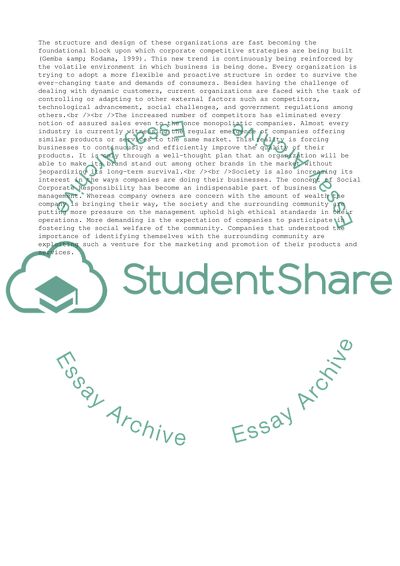Cite this document
(Theory and Design of Organization: Company Analysis Coursework Example | Topics and Well Written Essays - 2250 words, n.d.)
Theory and Design of Organization: Company Analysis Coursework Example | Topics and Well Written Essays - 2250 words. https://studentshare.org/management/1822929-organization-theory-term-project
Theory and Design of Organization: Company Analysis Coursework Example | Topics and Well Written Essays - 2250 words. https://studentshare.org/management/1822929-organization-theory-term-project
(Theory and Design of Organization: Company Analysis Coursework Example | Topics and Well Written Essays - 2250 Words)
Theory and Design of Organization: Company Analysis Coursework Example | Topics and Well Written Essays - 2250 Words. https://studentshare.org/management/1822929-organization-theory-term-project.
Theory and Design of Organization: Company Analysis Coursework Example | Topics and Well Written Essays - 2250 Words. https://studentshare.org/management/1822929-organization-theory-term-project.
“Theory and Design of Organization: Company Analysis Coursework Example | Topics and Well Written Essays - 2250 Words”. https://studentshare.org/management/1822929-organization-theory-term-project.


